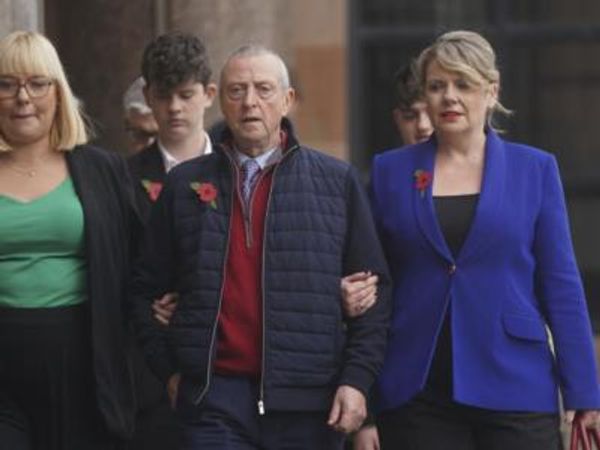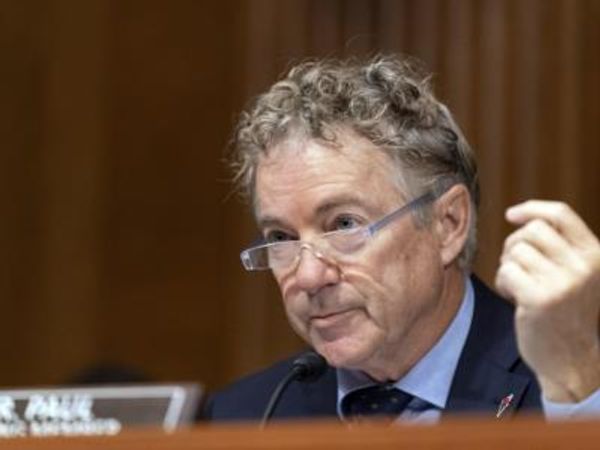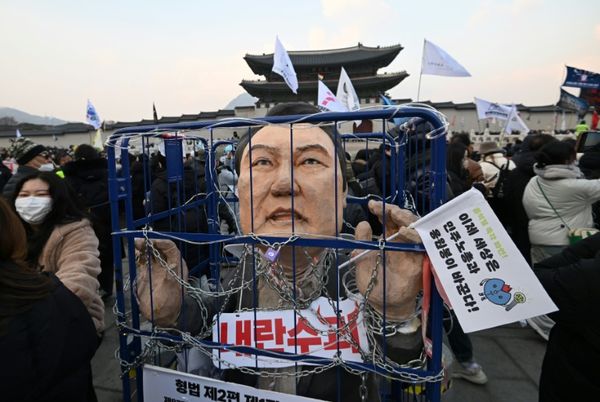
Australia’s labour shortage could be solved by an untapped workforce but new research shows business attitudes and a lack of government support are getting in the way.
People living with a disability are being overlooked by employers yet the majority of business owners agree job-ready applicants could fix their worker shortages.
There are 2.1 million Australians with disability who are of working age but less than half are currently employed.
If used, these workers could add an estimated $50 billion to Australia’s GDP by 2050, research says.
Yet a survey of more than 500 managers and HR professionals by disability employment agency Jigsaw found two in three businesses were unsure how to access this pool of workers.
Half of people surveyed had also never hired or worked with a person with disability.
Social Services Minister Amanda Rishworth last week encouraged business owners to “think outside the box” when it comes to their hiring processes.
But the federal government could also take action to reform the Disability Employment Services (DES) scheme, Jigsaw CEO Paul Brown said.
“We weren’t surprised by the research results but it reinforced Jigsaw’s model and the importance of reform,” he told AAP.
“Australia is not moving forward on employment for people with disabilities and we haven’t for some time.”
Jigsaw wants the government to consider new models which improve access to mainstream employment for Australians with disability.
Its survey found 91 per cent of businesses who have hired a person with disability using the current government scheme faced challenges in hiring and retaining candidates.
Mr Brown said the one-size-fits-all model doesn’t work well for businesses or applicants.
“We don’t think the DES needs to be scrapped all together, but it does need to be made more flexible,” he said.
“Right now support is promised and not always delivered so rebuilding business confidence is vital. Changes will support that.”
The government intends to hold a jobs summit in September which will bring together more than 100 people from a number of industries to address workforce issues.







